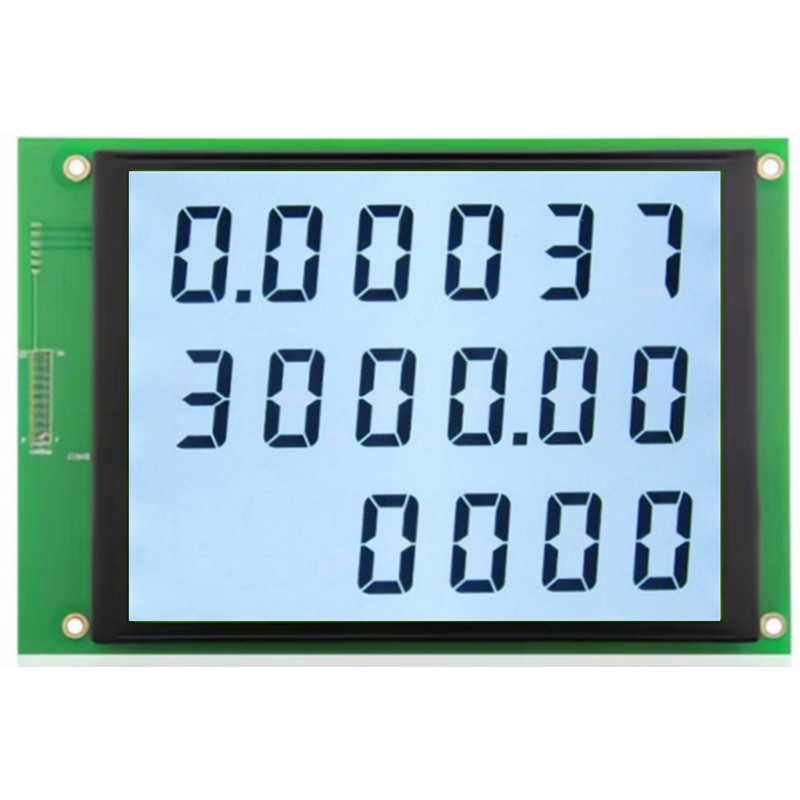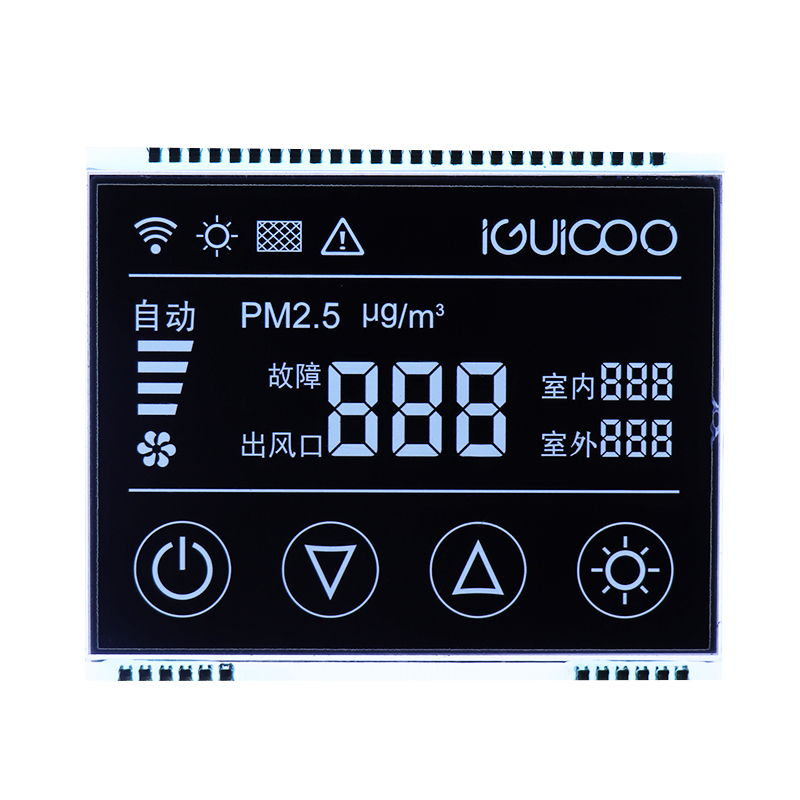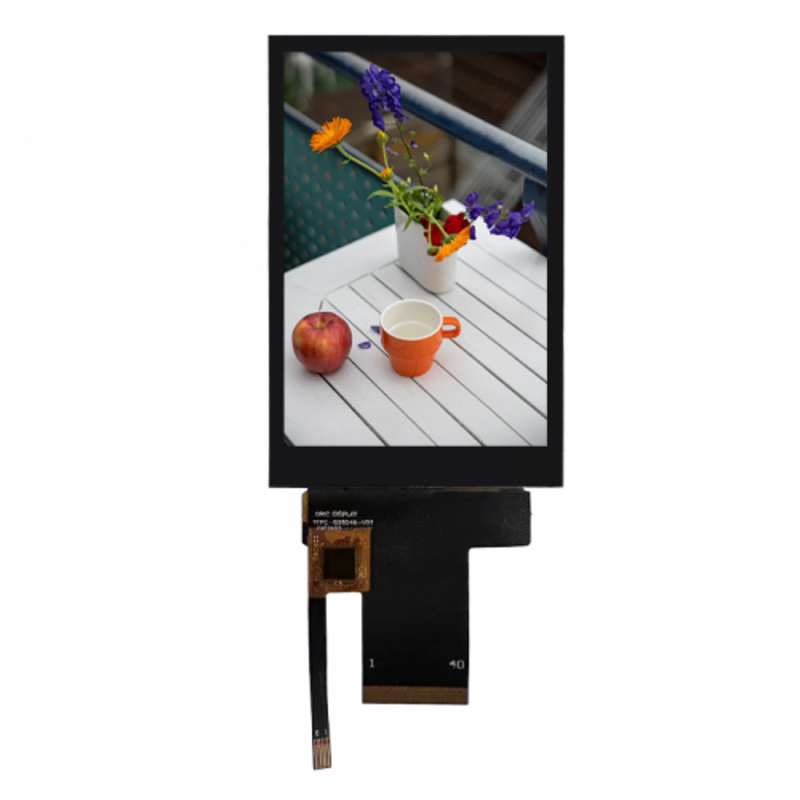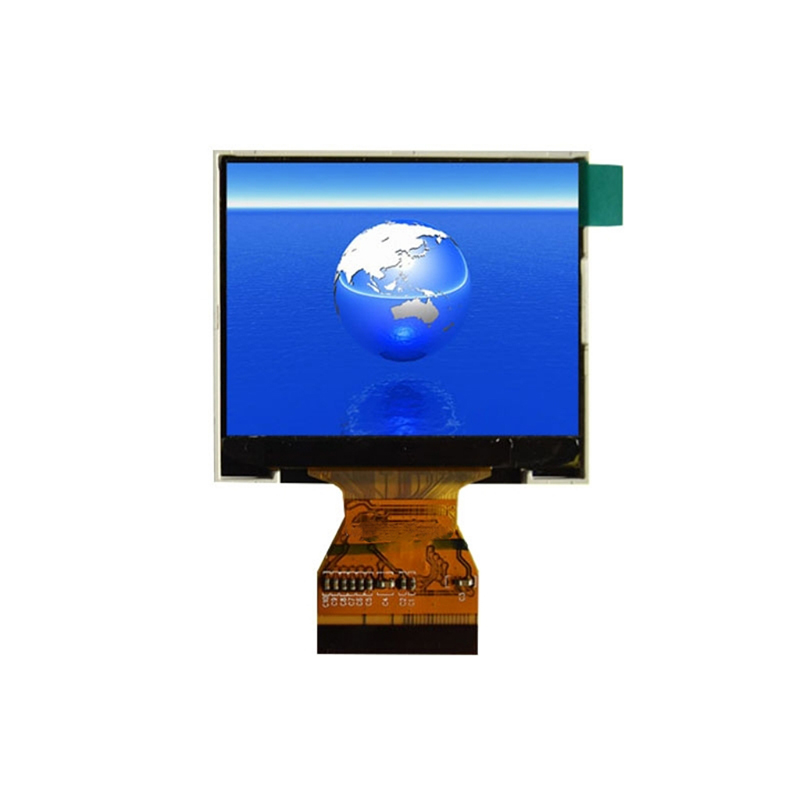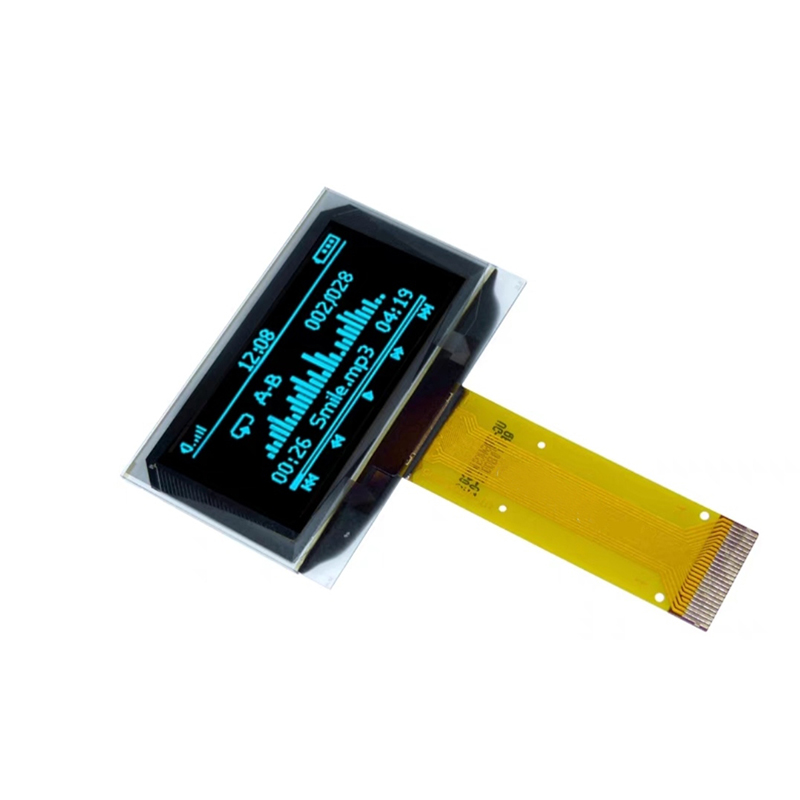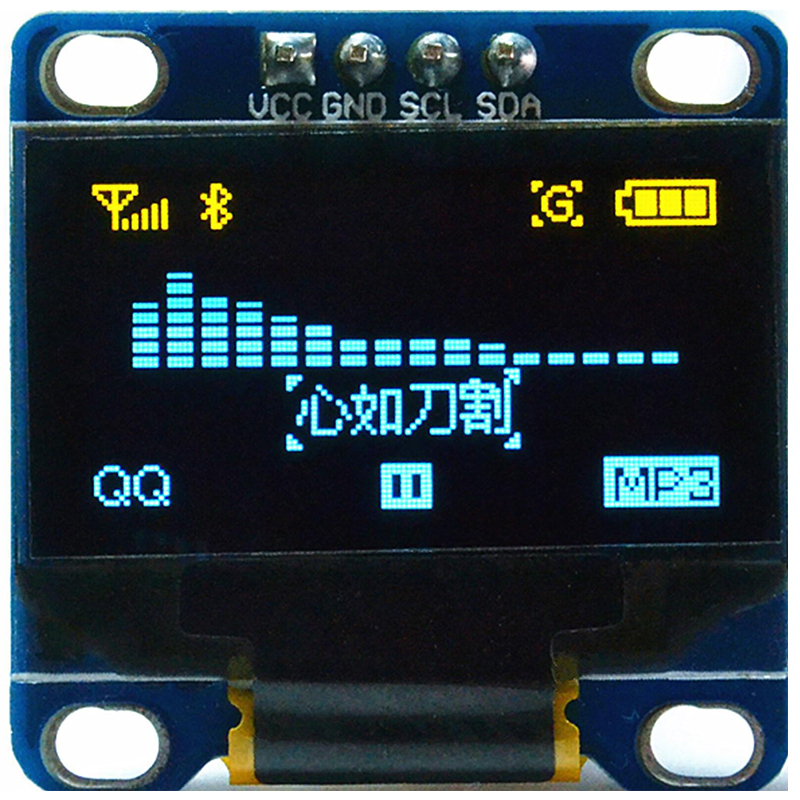
This guide explores various methods for cleanly exiting a 1602 LCD connected to a Raspberry Pi, ensuring data integrity and preventing system hangs. We'll cover different programming languages and approaches, offering practical solutions for common scenarios encountered when working with this popular hardware combination.
Improperly exiting a 1602 LCD script can lead to several issues. The LCD might retain data from the previous script, causing display confusion in subsequent executions. More seriously, it could contribute to system instability or even a Raspberry Pi freeze. A clean exit ensures the LCD is properly reset, releasing resources and preventing these problems. This is crucial for applications where reliability and data integrity are paramount, such as embedded systems or industrial automation projects.
Python is a commonly used language for Raspberry Pi programming. Here are the best practices for cleanly exiting a 1602 LCD script written in Python. Remember, using the `lcd.clear()` method is important to erase any residual data from the screen before ending the program.
This simple method uses the standard `exit()` function:
import RPi.GPIO as GPIOimport timefrom RPLCD import CharLCDlcd = CharLCD(numbering_mode=GPIO.BCM,cols=16, rows=2, pin_rs=26, pin_e=19, pins_data=[21, 20, 16, 12])#Your LCD code here...lcd.clear()GPIO.cleanup()exit()For robustness, incorporate `try-except` blocks to gracefully handle potential errors:
import RPi.GPIO as GPIOimport timefrom RPLCD import CharLCDtry: lcd = CharLCD(numbering_mode=GPIO.BCM,cols=16, rows=2, pin_rs=26, pin_e=19, pins_data=[21, 20, 16, 12]) #Your LCD code here... lcd.clear()except Exception as e: print(fAn error occurred: {e})finally: GPIO.cleanup() exit()While Python is prevalent, other languages can also control a 1602 LCD. The fundamental principle remains the same: ensure proper resource release. For example, in C or C++, ensure all GPIO pins are properly released using the appropriate library functions before exiting. Consult the specific library documentation for best practices.
If you're still experiencing problems, consider these points:
The quality and specifications of your 1602 LCD can impact its performance and longevity. Consider factors like contrast, backlight type, and operating voltage when making your selection. For high-quality displays and related components, consider exploring resources like Dalian Eastern Display Co., Ltd. which offers a wide range of LCD solutions.
| Feature | Option 1 | Option 2 |
|---|---|---|
| Backlight | White LED | Blue LED |
| Operating Voltage | 5V | 3.3V |
| Contrast Adjustment | Potentiometer | Built-in |
Remember, a clean exit strategy is essential for reliable 1602 LCD operation on your Raspberry Pi. By following these guidelines and implementing appropriate error handling, you can ensure your projects run smoothly and avoid unexpected issues.

